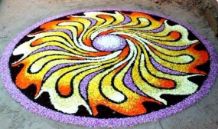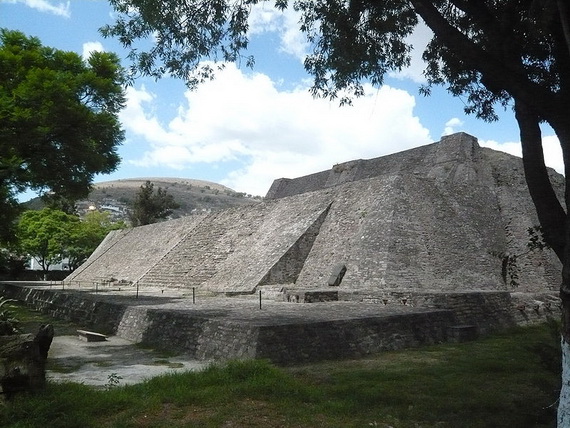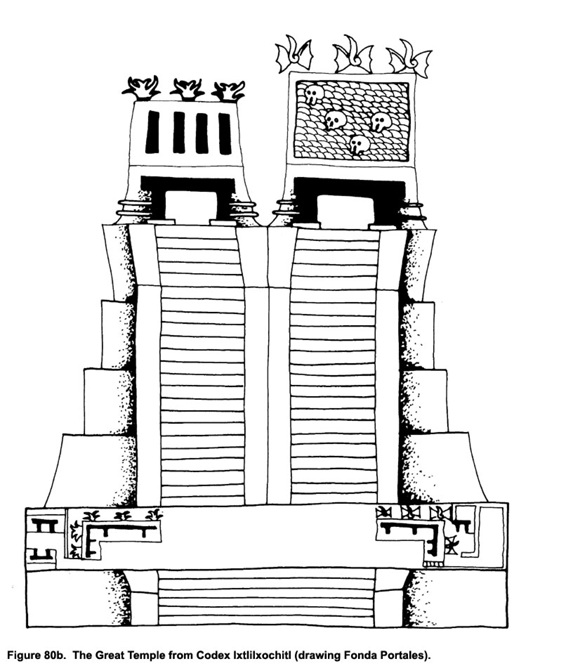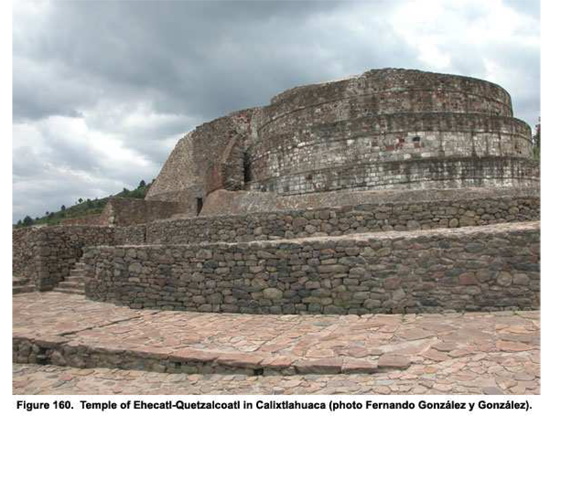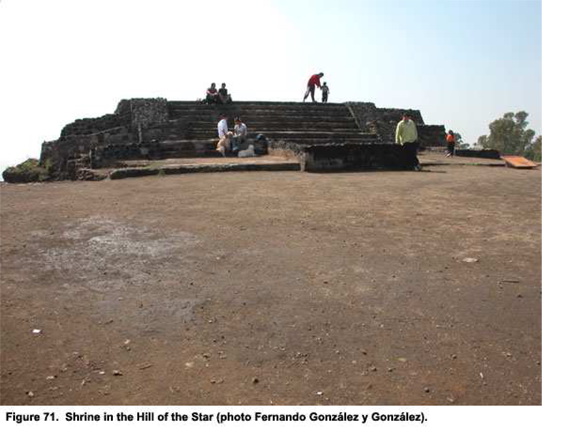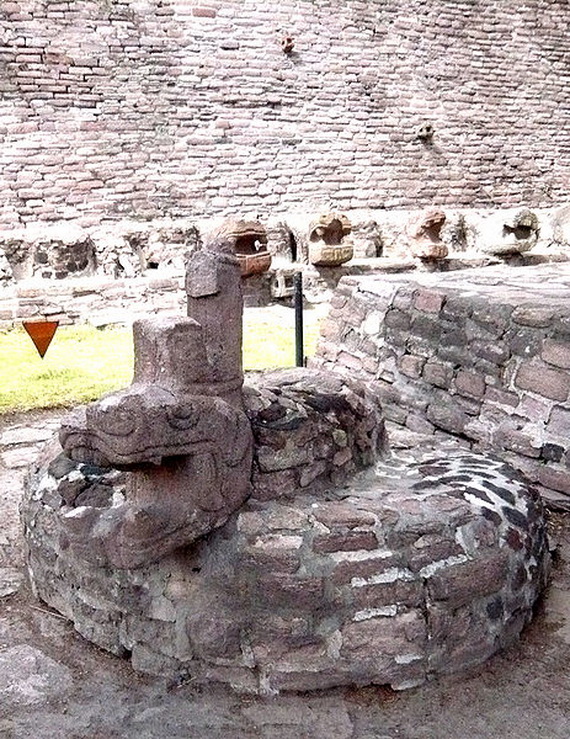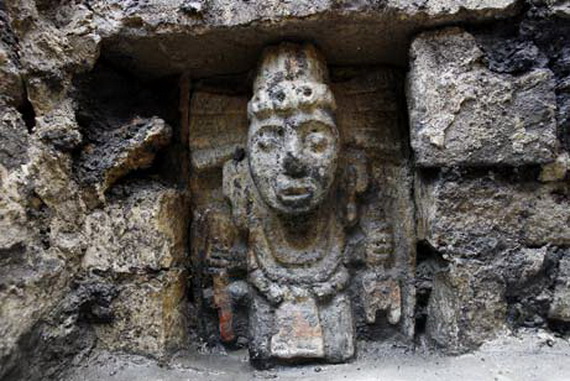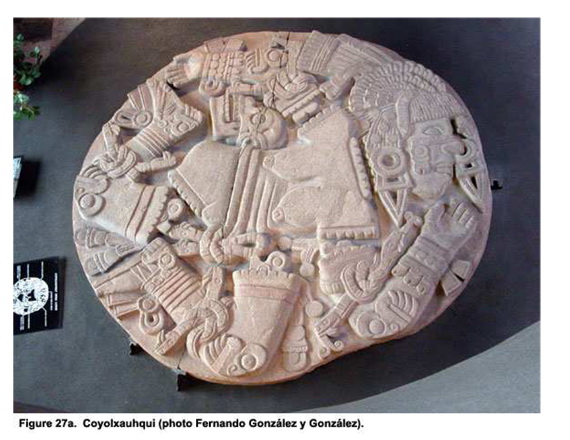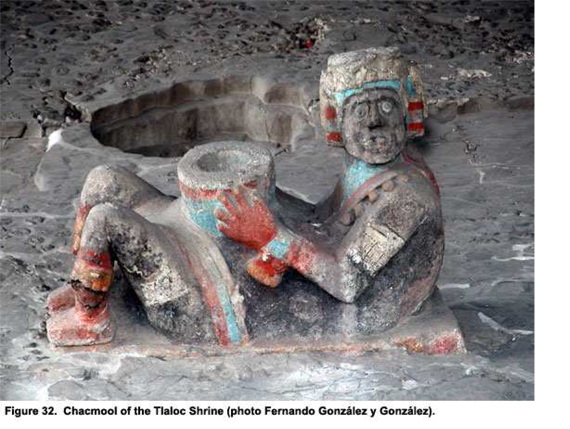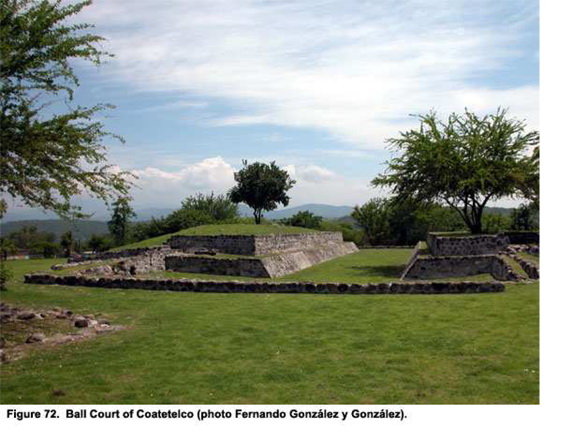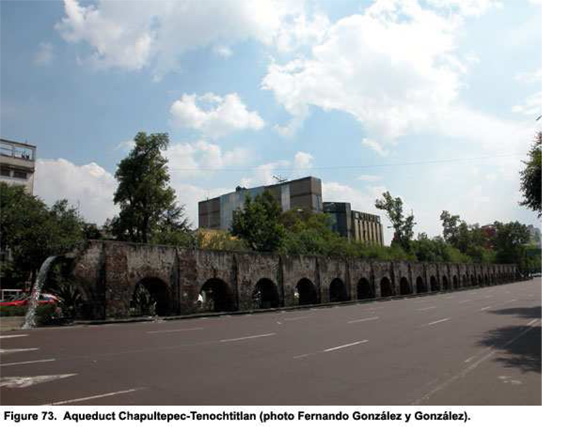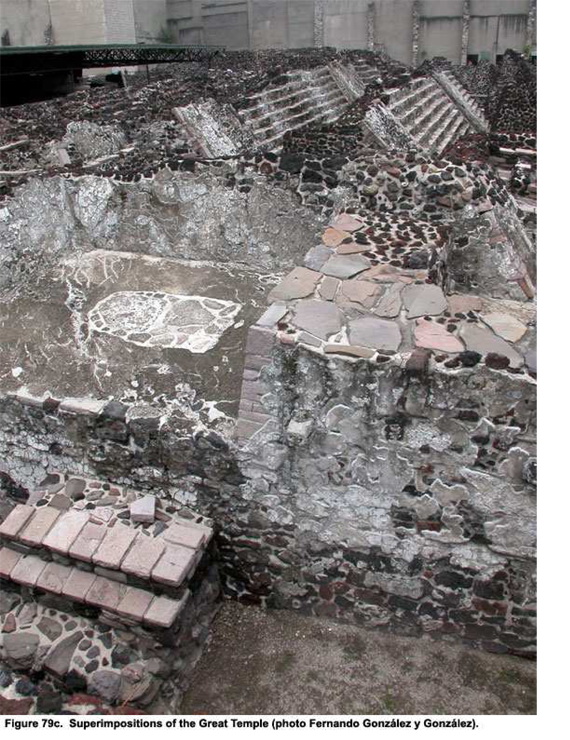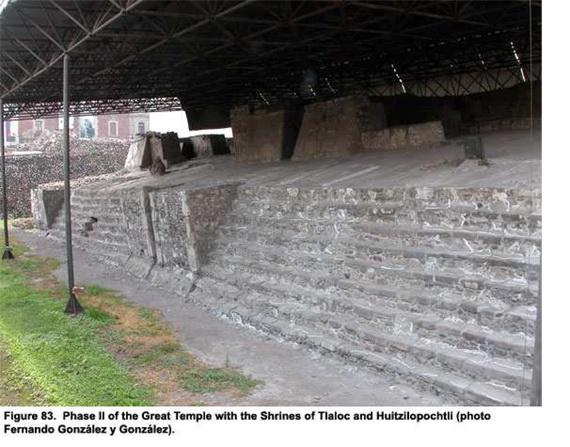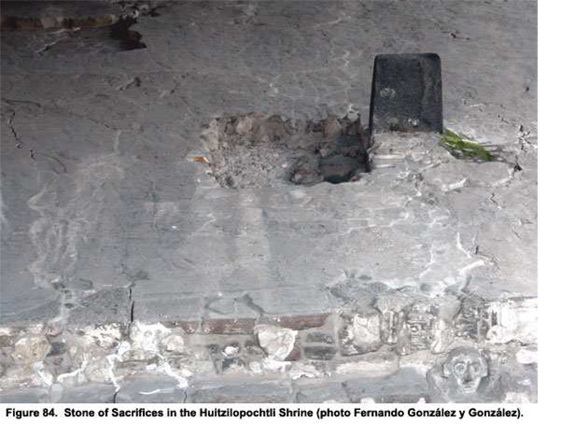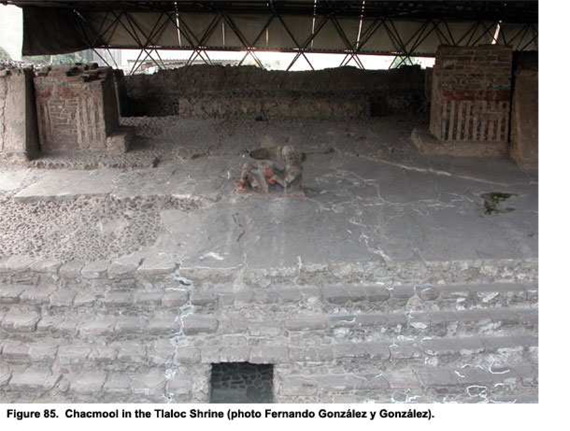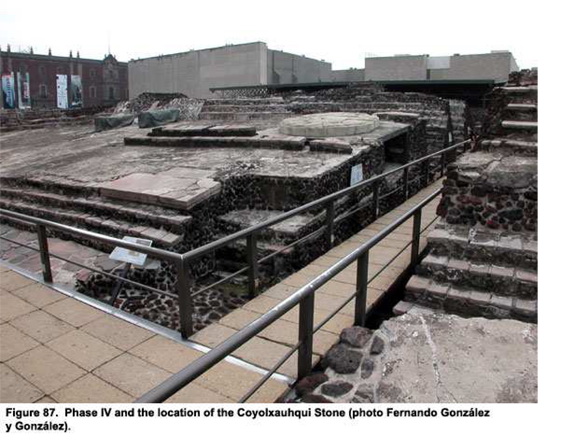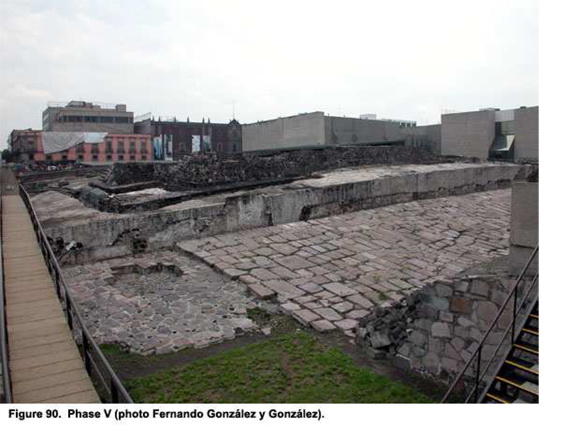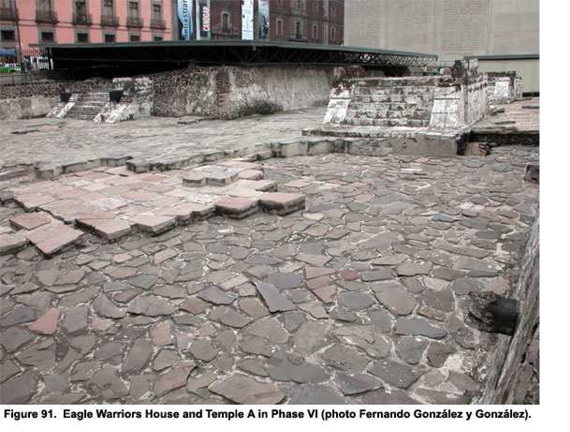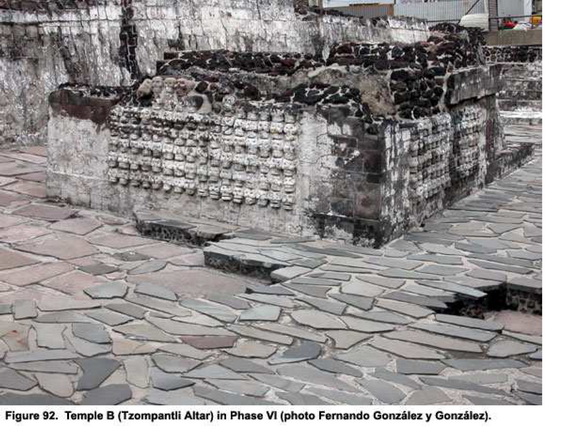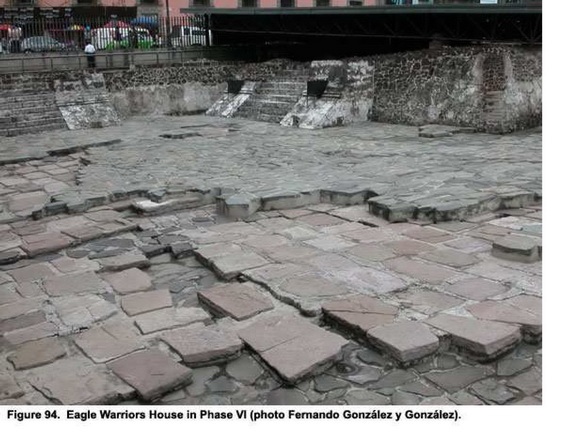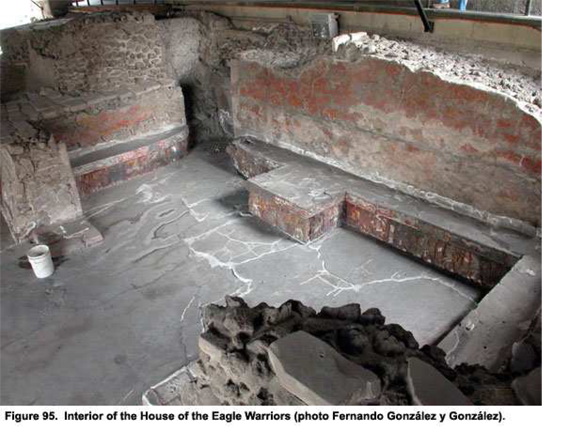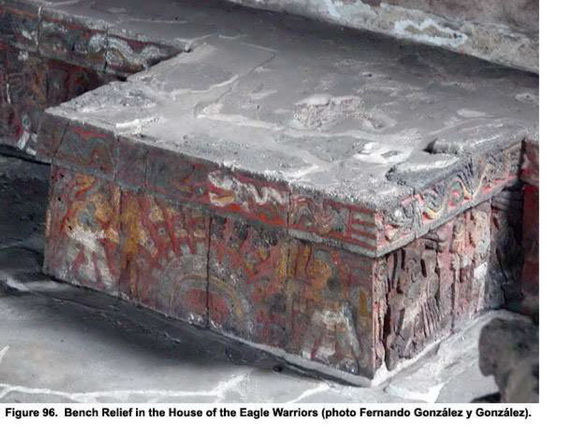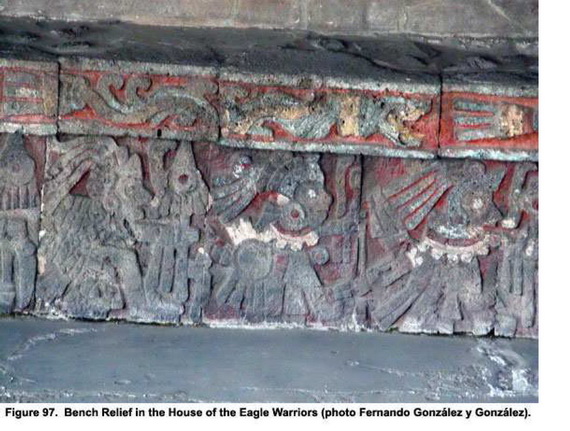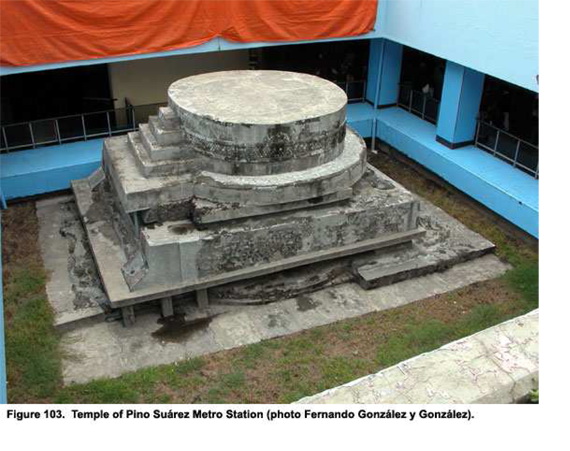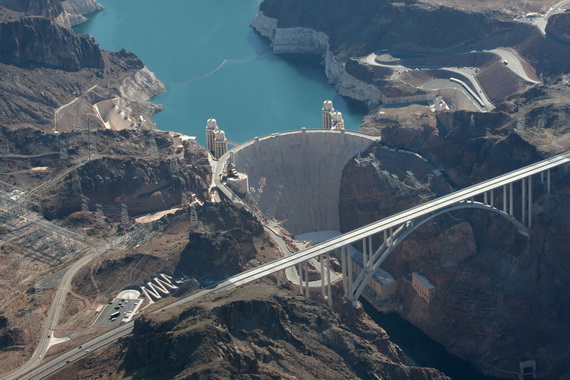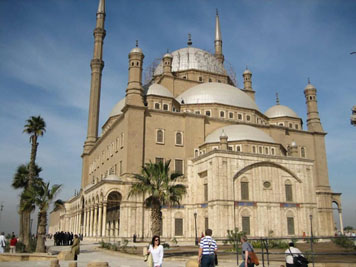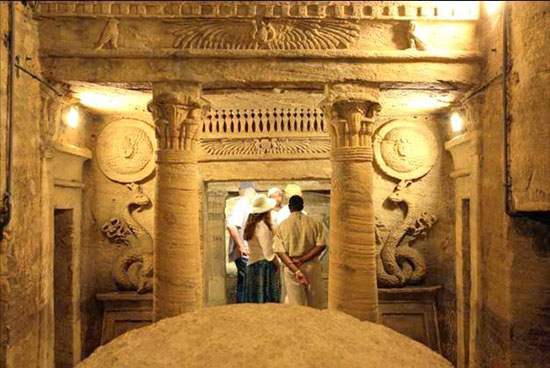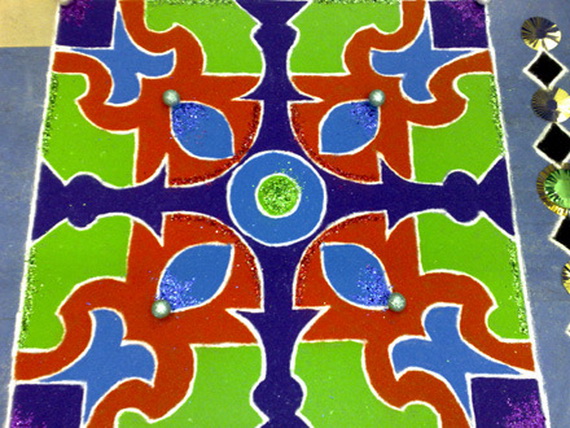Forgotten World Wonders The Aztec Temple…the Aztecs were a Mesoamerican people of central Mexico spoke the Nahuatl language and who dominated large parts of Mesoamerica, they arrived around the beginning of the 13th century. The Aztecs were also known as the Tenochca (from which the name for their capital city, Tenochtitlán, was derived).
“Aztec” refers exclusively to the Mexican people of Tenochtitlan (now the location of Mexico City) with a rich cultural heritage .
Aztec temples (Teocalli) God houses. A temple was usually found on the top of a pyramid, and were provided with priests, adjoining residences, schools, and land. Aztec temples manifested their power and strong religious beliefs
These temples were for worship and pray, the empire’s religious ideals were manifested in temples, offered by the priests to the gods to keep them strong and in balance.
The whole area of a city would be dedicated to religious activities. Temples were constructed in accordance to the four cardinal directions, erected on the eastern border of the town center, facing west.The appearance of most temples was similar resembling truncated pyramids. These temples were four sided, stable structures , had terraces outside, steps up one side, and a flat top and with a shrine on the top. It is believed that by using poisonous or dangerous animals for décor, evil spirits would be warded away.
Some temples were made to specific gods, others were built for specific celebrations.
The Aztec Temple and Pyramids were made of several types factors affected their constructions.
Round Pyramids are found in Calixtlahuaca, in the Toluca Valley. The structures were constructed in a circular fashion to facilitate wind flow, thus preventing the structure from acting as a barrier preventing the hinder of the wind god’s entrance. [Fig. 160].
Twin Stairs Pyramids[Fig. 76a].
An example of a twin stairs pyramid is The Pyramids of the Sun and Moon ( the Great Temple of Tenochtitlán) the 3rd largest in the world.
At its summit, it had two temples and a double staircase. The temples were dedicated to Tlaloc and Huitzilopochtli (or the Sun and the Moon). The temple on the left side honored Tlaloc, Tlaloc was the god of fertility and rain, responsible for providing a good rain season and an abundant harvest, and was decorated with blue and white . The temple on the right side was dedicated to Huitzilopochtli, It was painted in red and white in honor of war and sacrifice. Other examples of double staircase pyramids are found in Tenayuca and Tlatelolco.
Aztec shrines were important religious structures. Examples of these shrines are found in Mount Tlaloc and in the Huixachtepetl or Hill of the Star.
Because the Aztecs had a long migration history, several hundred years ,they split several times,they adopted various gods, customs, architectural styles, and techniques. Various temples and shrines that were built in order to worship with these gods.
Beside the Tenochtitlán ,Aztec Temples are numerous. The Great Pyramid of Cholula for example is a huge complex located in Cholula, Puebla, Mexico. It is considered the largest pyramid by volume in the world, and the largest monument ever constructed. There are ; Tenayuca , Sta. Cecilia Acatitlan, Teopanzolco, Tlatelolco, Tetzcotzinco, Huexotla,Tepoztlan, Calixtlahuaca, Coatetelco and Malinalco. Their massive structures reflected the military might of the empire.
The Aztec temples are still major religious destinations today with a special religious significance. Some now have Roman Catholic Churches built over top, others are still just pyramids where people come to pray to the gods, or to gain some special power.











